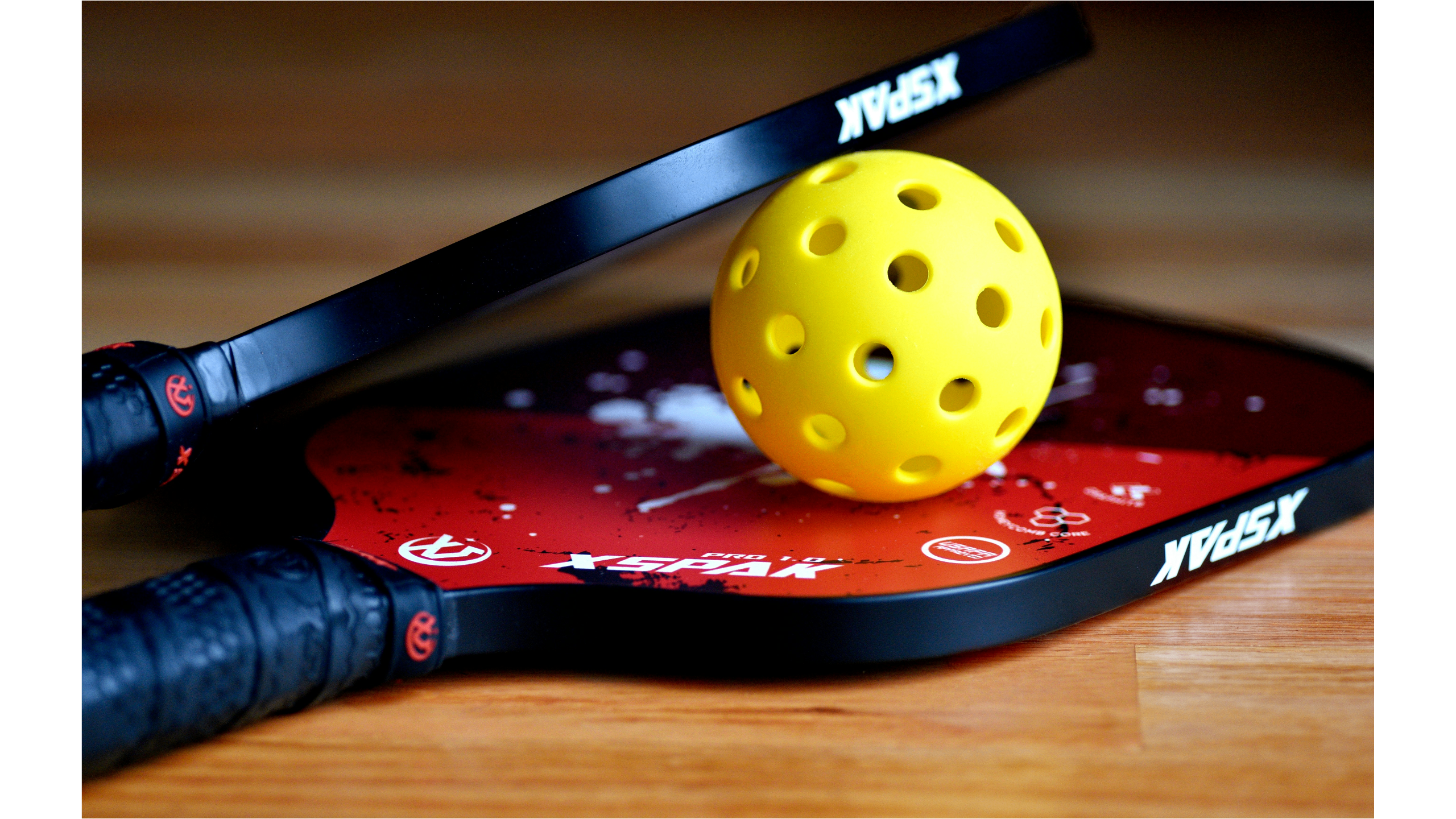Pickleball’s exploding popularity means more beginners are hitting the courts—but the wrong paddle choice could derail your game before it even begins. Here’s what new players need to know.

If you're new to pickleball, choosing your first paddle can feel like picking a wand in a wizard shop—except no one's there to tell you what works. And while the sport has gone mainstream—with nearly 20 million active players in the U.S. as of 2024—it's not always beginner-friendly when it comes to gear advice.
Most newcomers grab the cheapest paddle they can find. But experts warn that a poor paddle choice early on can lock in bad habits, cause arm fatigue, or make progress feel frustratingly slow.
According to the Sports & Fitness Industry Association, pickleball participation jumped 45.8% between 2023 and 2024—marking a staggering 311% increase over the past three years. With that kind of growth, plenty of new players are flooding the courts with little to no guidance. And that's a problem.
"The paddle is your most important tool," explain experts at Mastering Pickleball Basics, an online platform focused on swing technique and player fundamentals. "But most players don't realize how paddle weight, shape, and surface affect their swing mechanics."
For new players, a good paddle is less about flashy power—and more about control, comfort, and consistency.
Most paddles range from 7.2 to over 8.5 ounces. Beginners are typically steered toward midweight paddles (around 7.7–8.4 oz), which strike a balance between control and power.
Thicker paddles (20mm+) help absorb shock and provide better touch and forgiveness, which is crucial while building proper form. Most beginner-friendly models focus on helping players develop feel before chasing power.
Many entry-level paddles use T700 carbon fiber for enhanced spin and shot precision. Compared to fiberglass, carbon fiber offers better durability and control.
A wide paddle head means a bigger sweet spot—helping reduce mishits. Forgiving paddles keep shots on-target even when your swing isn't perfect.
Plenty of solid beginner paddles are available for under $50. Some sets include extras like balls or bags, but check reviews—some cheaper models are noisy or poorly balanced.
While preferences vary, here are a few paddles consistently rated beginner-friendly:
Power comes with practice. But control—the ability to place shots, hold rallies, and feel confident on court—is what helps beginners stick with the sport long enough to improve.
Coaches and experienced players agree: paddle choice and swing development go hand-in-hand. Even the best paddle can't compensate for poor technique—but the right one can make learning feel a whole lot smoother.
For new players, that break down stance, body mechanics, and common beginner mistakes can help make sense of why a paddle might feel "off"—and how to fix it.
The best beginner paddle isn't the most expensive or powerful—it's the one that helps you build skills with confidence and consistency. If you're just getting started, invest in one that prioritizes control, forgiveness, and feel over flash.
Already got your paddle but not sure what to do with it? Platforms like offer technique-focused guidance to help you make the most of every swing—because how you hit matters just as much as what you hit with.
